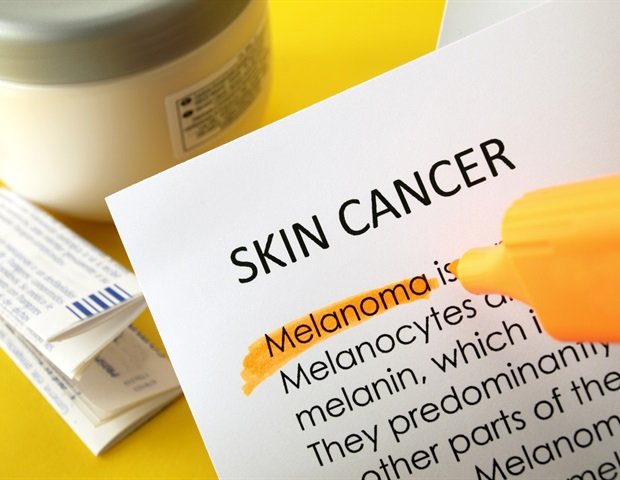Revolutionizing Skin Cancer Diagnosis: AI-Powered Tool Enhances Accuracy
Detection of melanoma and other skin diseases is set for a significant transformation with the introduction of an innovative artificial intelligence (AI) tool. This cutting-edge technology, developed by researchers from Monash University in collaboration with the University of Queensland, promises to speed up and improve the accuracy of diagnoses through the simultaneous analysis of various imaging types.
The Initiative Behind the Tool: PanDerm
The AI tool, named PanDerm, has demonstrated an 11% increase in skin cancer diagnosis accuracy when utilized by dermatologists in a recent study. It employs a multimodal approach, analyzing an array of images, including:
- Close-up photographs
- Dermoscopic images
- Pathology slides
- Total body photographs
Enhancing Diagnostic Capabilities
A series of evaluations indicated that PanDerm significantly aids non-dermatologist healthcare professionals, improving their diagnostic accuracy by 16.5% across various skin conditions. This capability empowers clinicians to detect skin cancer at earlier stages, identifying potentially concerning changes before they escalate into serious issues.
Professor H. Peter Soyer emphasized the tool’s importance, particularly in resource-limited settings or primary care scenarios where access to dermatologists can be sparse. The AI tool is designed to seamlessly support existing clinical workflows, making it a versatile asset in diverse healthcare environments.
Key Features of PanDerm
-
Multimodal Analysis: Unlike traditional models that focus on single tasks, PanDerm excels in a variety of clinical applications, including:
- Skin cancer screening
- Assessment of cancer recurrence risks
- Skin type evaluation
- Mole counting
- Tracking lesion changes
- Diagnosing various skin conditions
- Segmenting lesions
-
Robust Training Data: The AI is trained on over two million skin images sourced from 11 institutions across four countries.
- Focused Multimodal Approach: First author Siyuan Yan pointed out that the system’s strength lies in its ability to synthesize information from diverse imaging techniques, mirroring the way dermatologists assess skin conditions.
Addressing Global Health Challenges
With skin conditions now affecting 70% of the global population, early and accurate diagnosis is crucial for effective treatment outcomes. The PanDerm tool stands to make significant advancements in this field, helping to identify potential risks swiftly and accurately.
Expert Insights
Professor Victoria Mar, the Director of the Alfred Health Victorian Melanoma Service, noted that PanDerm is promising in its ability to detect subtle changes over time in lesions, providing critical insights into lesion biology and potential metastatic risks. This tool could enhance early diagnoses and monitoring for patients at higher risks of melanoma—a significant step forward in skin cancer care.
Future Steps and Evaluation
Despite the encouraging results from initial studies, PanDerm is currently undergoing evaluation before wider healthcare implementation. The research team aims to:
- Establish standardized protocols for assessments across different demographics.
- Investigate the model’s performance in varied clinical settings.
- Ensure equitable performance across diverse patient populations and healthcare environments.
Collaborative Efforts
The groundbreaking research was a collaborative effort between AI and machine learning experts at Monash University and various medical institutions, including:
- Princess Alexandra Hospital, Brisbane
- Alfred Health
- Medical University of Vienna
- NVIDIA AI Technology Centre, Singapore
- University of Florence
- Royal Prince Alfred Hospital
- NSW Health Pathology
- Hospital General Universitario de Alicante, Spain
Conclusion
Recent advancements in AI technology, like PanDerm, are not only enhancing the accuracy of skin cancer diagnoses but also represent a significant stride towards equitable healthcare access. The tool stands as a beacon of hope for faster, more accurate skin condition assessments—making a profound difference in the fight against skin diseases.
For further details, you can refer to the research published in Nature Medicine.


